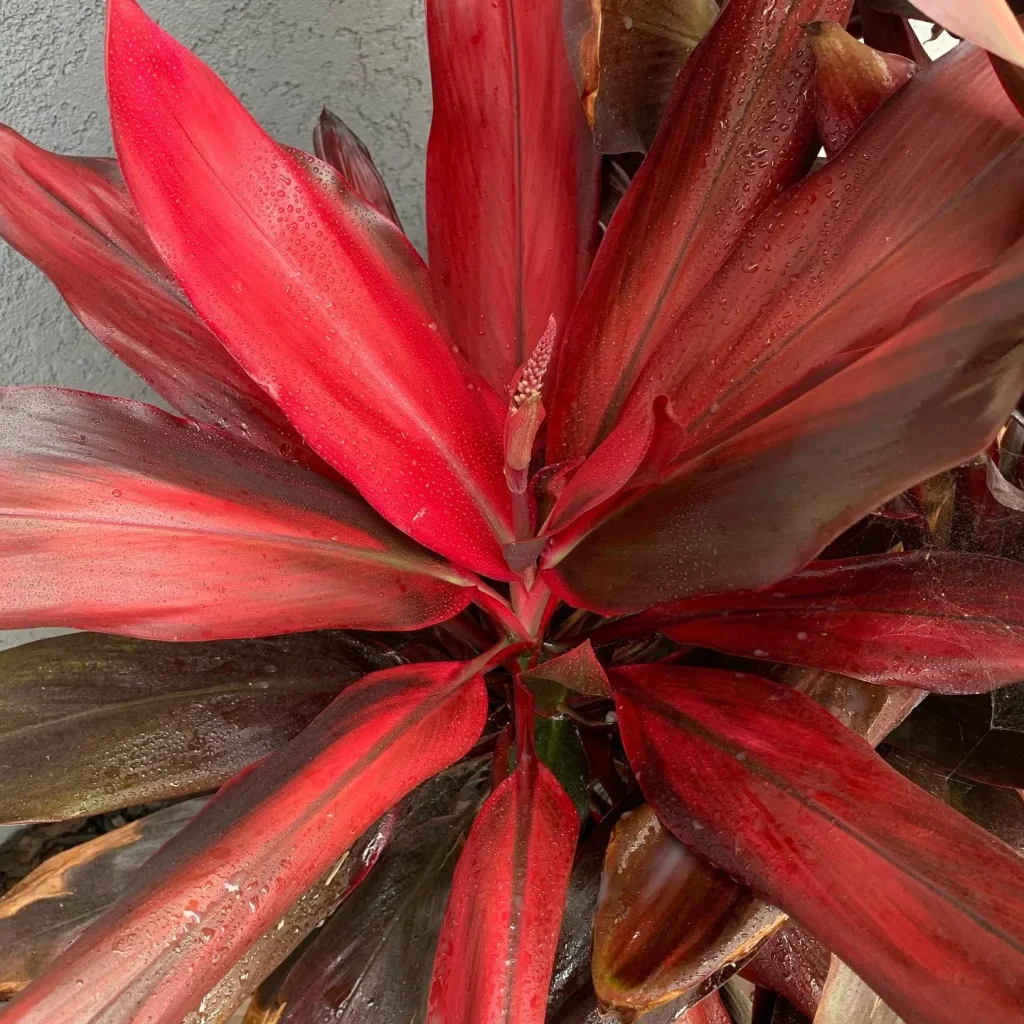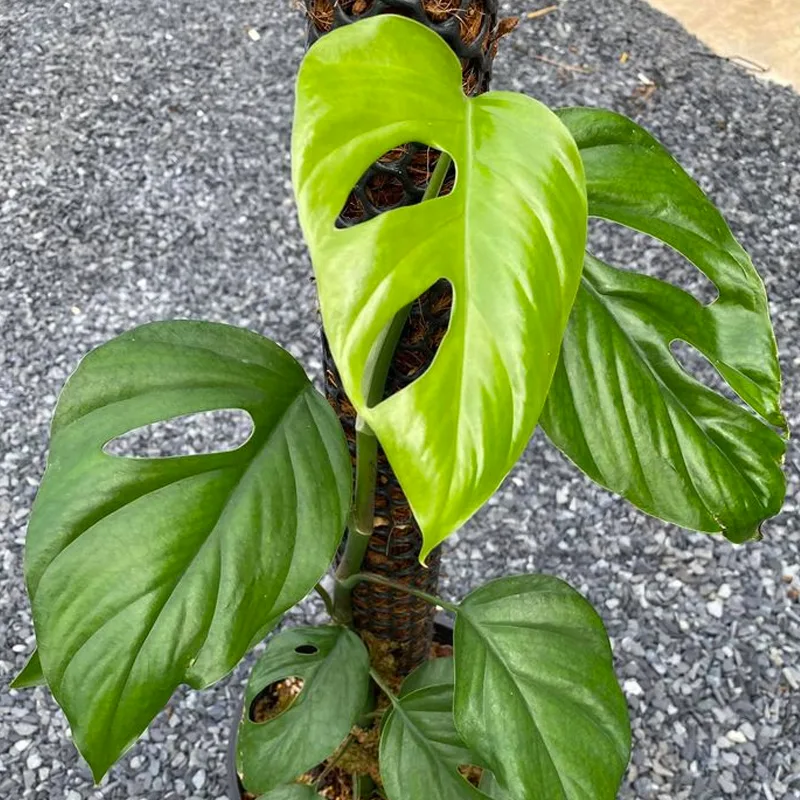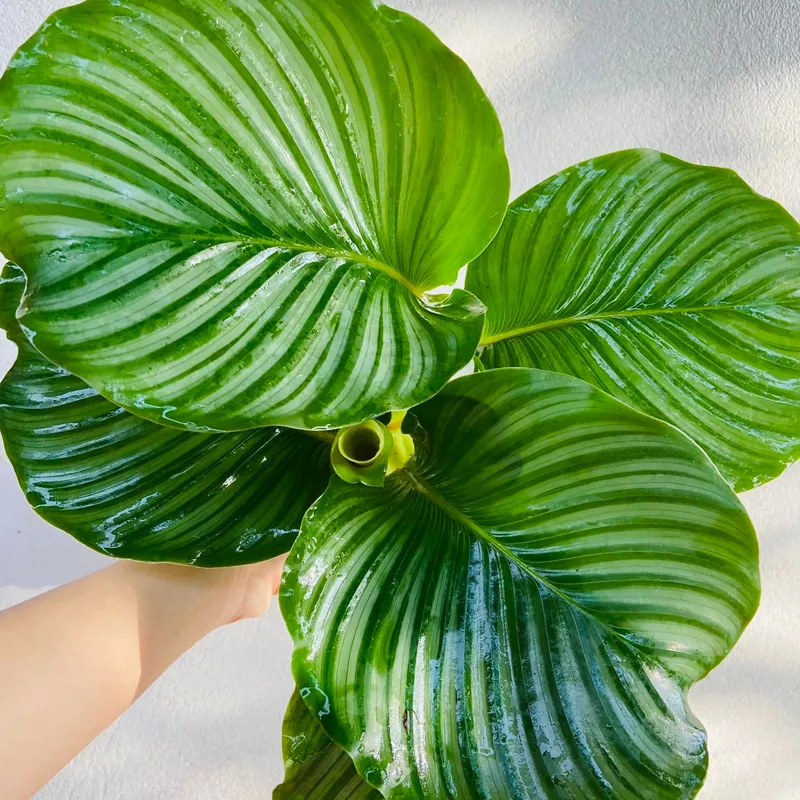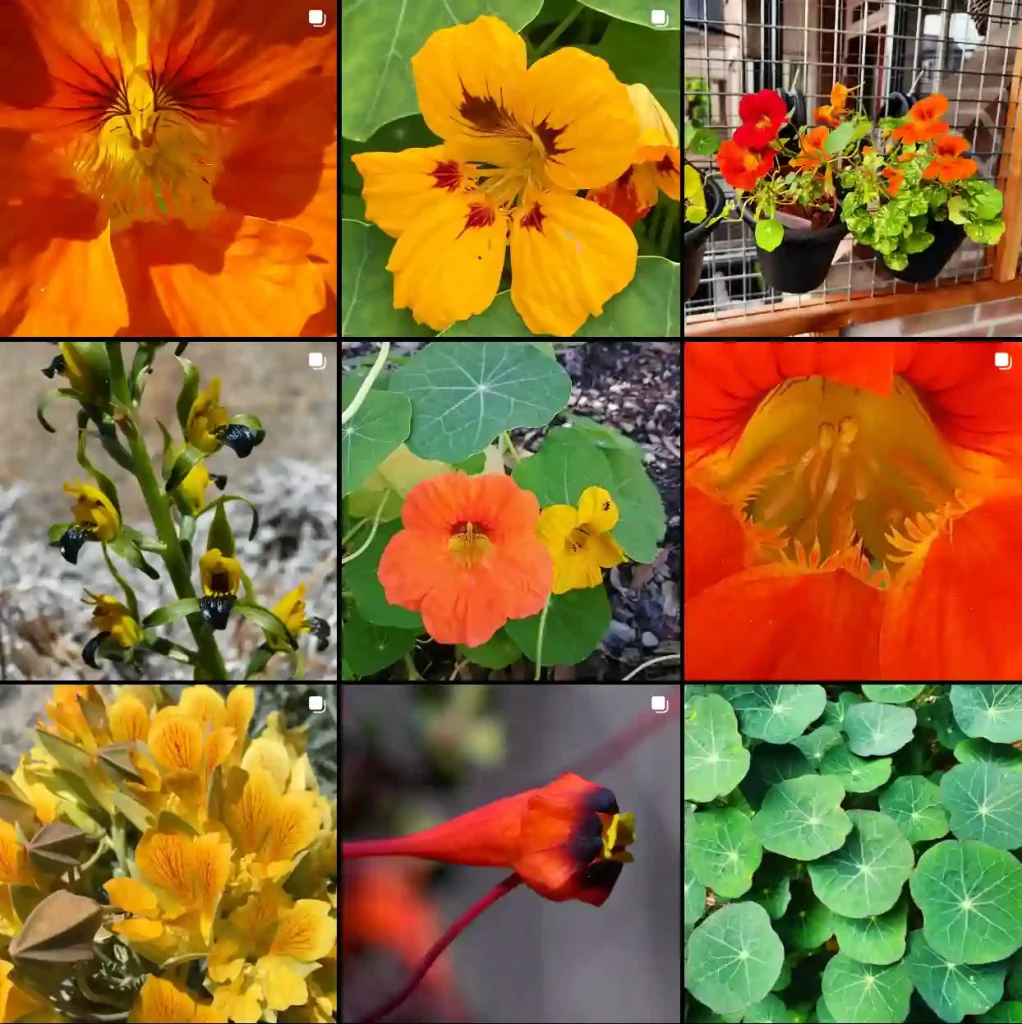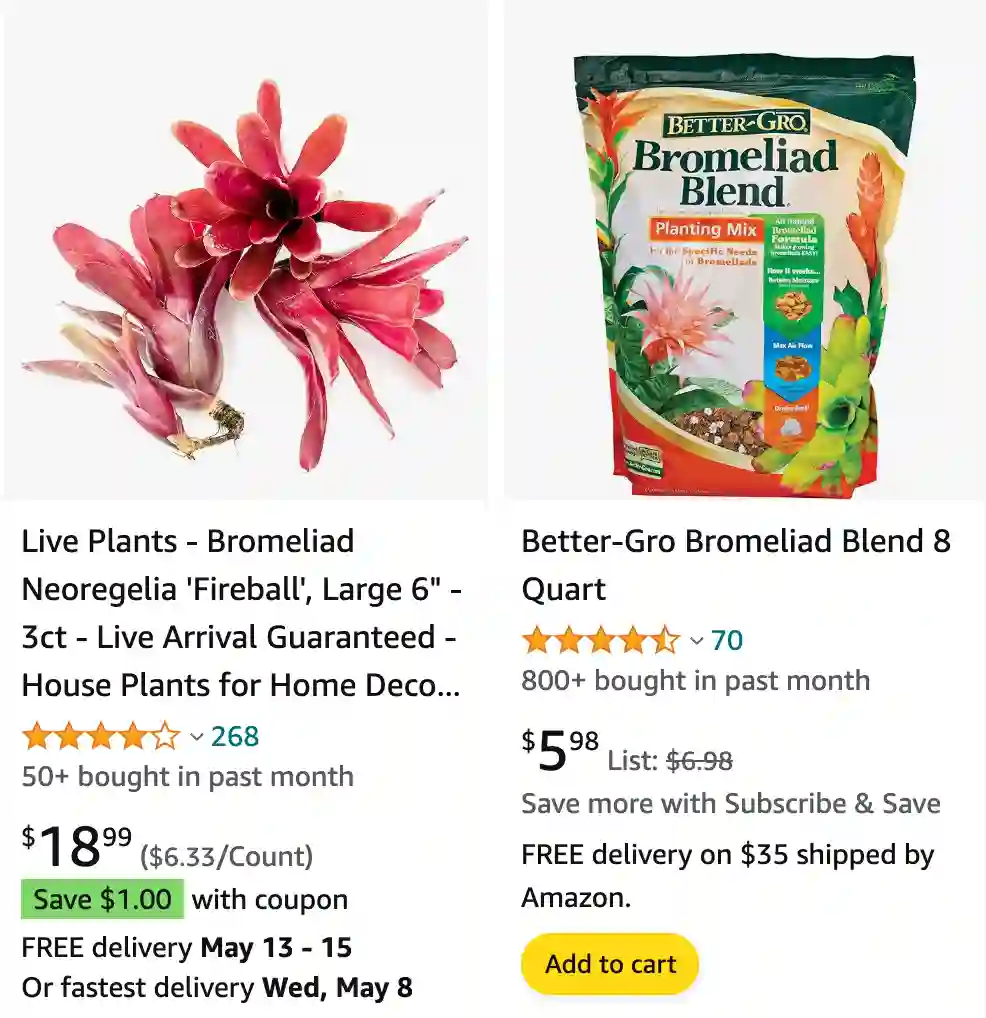
Is bromeliad toxic to cats?
I’ve had a couple of bromeliads in my home, and I’ve always been cautious about their potential toxicity to cats because I have a feline friend. From what I’ve researched and experienced, most bromeliad species are considered mildly toxic to cats if ingested. While they may not be lethal, they can cause gastrointestinal discomfort like vomiting or diarrhea. To err on the side of caution, I’ve made sure to keep my bromeliads in areas that are out of reach for my cat, just to avoid any potential mishaps. Overall, it’s always essential to research and take precautions when introducing new plants into a pet-friendly household.
How often to water bromeliad?
I’ve found that the watering needs of bromeliads can vary depending on factors like the environment they’re in and the specific species. In my experience, I typically water my bromeliads about once a week, making sure to water directly into the central cup formed by the leaves, as well as the soil around the base of the plant. However, I always check the soil moisture and the condition of the central cup before watering to avoid overwatering, which can lead to root rot. Additionally, I adjust the frequency based on the season and temperature changes, as they can affect how quickly the soil dries out. Overall, it’s essential to strike a balance and not let the plant sit in waterlogged soil or completely dry out between waterings.
Is a pineapple a bromeliad?
Yes, indeed, a pineapple is a type of bromeliad. It’s one of the most well-known and commercially important members of the bromeliad family. I find it fascinating how such a delicious fruit comes from a plant with such unique characteristics. Like other bromeliads, pineapples have rosettes of stiff, spiky leaves and typically produce a central stalk with colorful flowers. After pollination, the flowers develop into the fruit we enjoy. It’s amazing how diverse the bromeliad family is, ranging from decorative houseplants to tasty fruits like the pineapple.
How to pronounce bromeliad?
“Bromeliad” is pronounced as “broh-MEE-lee-ad.” The emphasis is typically placed on the second syllable, “MEE.” It’s one of those botanical terms that can sound a bit intimidating at first, but once you get the hang of it, it rolls off the tongue quite smoothly.
Is bromeliad toxic to dogs?
While bromeliads can be mildly toxic to cats if ingested, they generally pose a low risk to dogs. I haven’t personally experienced any issues with my dogs and bromeliads, but it’s always essential to monitor their behavior around plants. Some dogs may be curious and nibble on foliage, which could potentially lead to mild gastrointestinal upset. As a precaution, I keep my bromeliads in areas where my dogs can’t access them easily, just to be safe. Overall, while bromeliads are not typically considered highly toxic to dogs, it’s always a good idea to research and take precautions when introducing new plants into a pet-friendly environment.
Does bromeliad need sun?
Bromeliads generally prefer bright, indirect sunlight, although their specific light requirements can vary depending on the species. In my experience, I’ve found that placing them near a window where they can receive filtered sunlight for a few hours each day works well. Direct sunlight, especially intense afternoon sun, can be too harsh and may scorch the leaves of bromeliads. On the other hand, insufficient light can result in leggy growth and fewer flowers. Finding the right balance is key, and observing how your bromeliad responds to its light conditions can help you determine if it’s getting the right amount of sun. Overall, providing bright, indirect light is ideal for most bromeliad species to thrive and produce vibrant foliage and flowers.
How to get a bromeliad to bloom?
Getting a bromeliad to bloom can require a bit of patience and attention to its specific needs. One method I’ve found effective is to mimic its natural environment as closely as possible. Bromeliads are often triggered to bloom by changes in temperature, light, and moisture levels. To encourage blooming, I make sure to provide my bromeliad with bright, indirect light and maintain a consistent watering schedule, ensuring that the central cup is kept filled with water while avoiding waterlogging the soil. Additionally, I sometimes introduce slight changes in temperature by placing the plant in a slightly cooler location at night. These environmental cues can stimulate the bromeliad to initiate flower production. Once the plant has started to produce a flower stalk, I continue to provide it with care and attention, avoiding any sudden changes that might disrupt its blooming process. With a bit of TLC and patience, I’ve found that my bromeliads reward me with beautiful, colorful flowers.
Why is my bromeliad turning brown?
If your bromeliad is turning brown, it could be due to several factors that may need to be addressed. One common reason is overwatering, which can lead to root rot and cause the leaves to turn brown and mushy. I suggest checking the soil moisture and ensuring that the plant is not sitting in waterlogged soil. Additionally, bromeliads are sensitive to fluoride and salts in water, so using distilled or rainwater can help prevent leaf browning from water quality issues. Another possibility is sunburn, especially if the plant is exposed to direct sunlight for extended periods. Adjusting the plant’s location to a spot with more filtered light may help alleviate this issue. Finally, low humidity levels can also cause leaf browning, particularly at the tips. To increase humidity, consider placing a tray of water or a humidifier near the plant. By identifying and addressing the underlying cause, you can help your bromeliad recover and thrive.
How to prune a bromeliad?
Pruning a bromeliad is generally straightforward and typically involves removing dead or damaged leaves to improve the plant’s appearance and health. To prune a bromeliad, I first identify any brown or yellowing leaves that are no longer healthy. Using clean, sharp scissors or pruning shears, I carefully cut these leaves off at the base, making sure to remove them completely. It’s essential to avoid cutting into the central rosette of leaves, as this can damage the plant and potentially lead to rot. Additionally, I may trim off any spent flower stalks once the blooms have faded. Overall, the goal of pruning is to promote air circulation and maintain the plant’s aesthetic appeal while minimizing stress on the bromeliad. After pruning, I make sure to dispose of any trimmed leaves properly and monitor the plant for signs of new growth.

